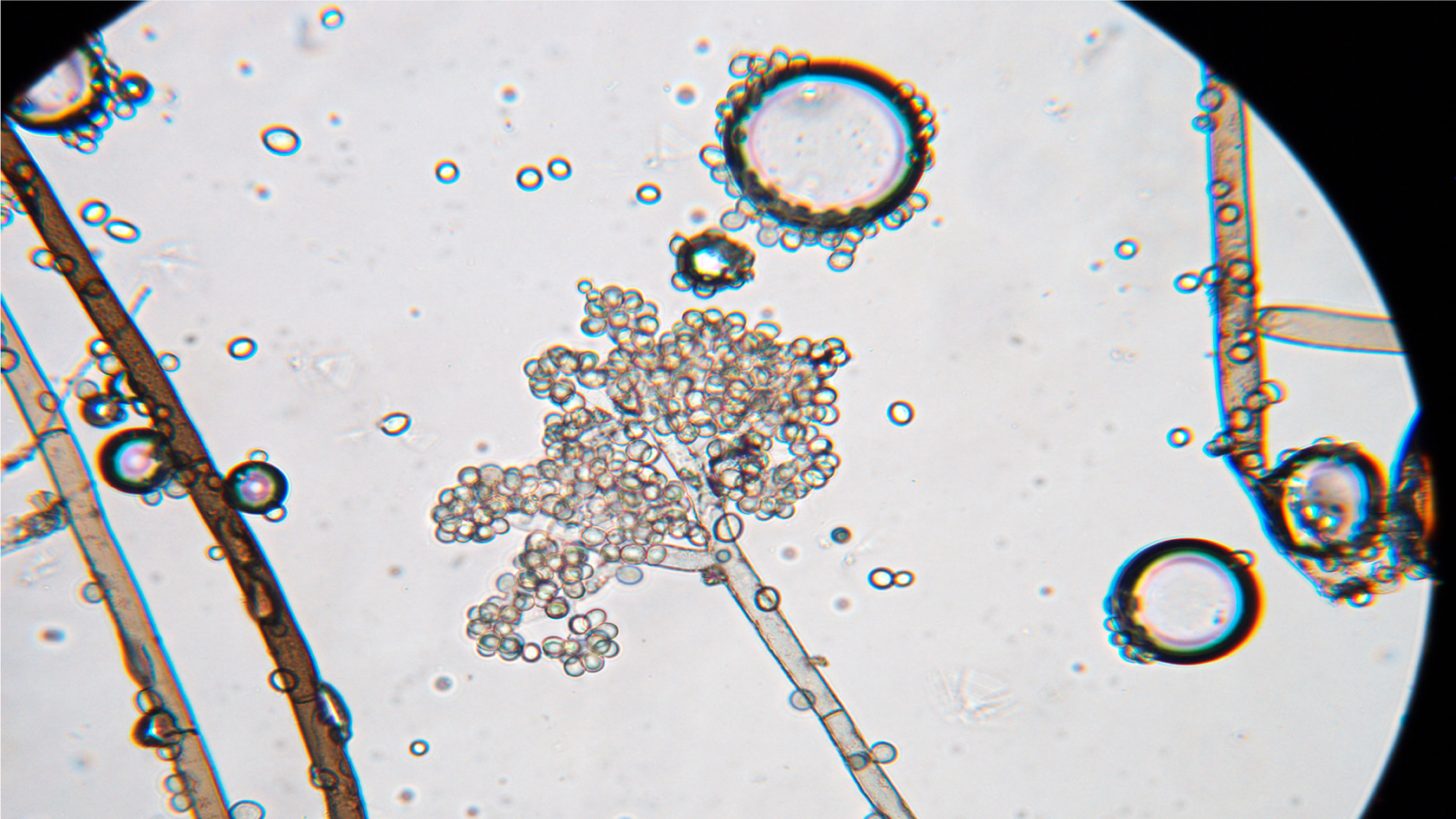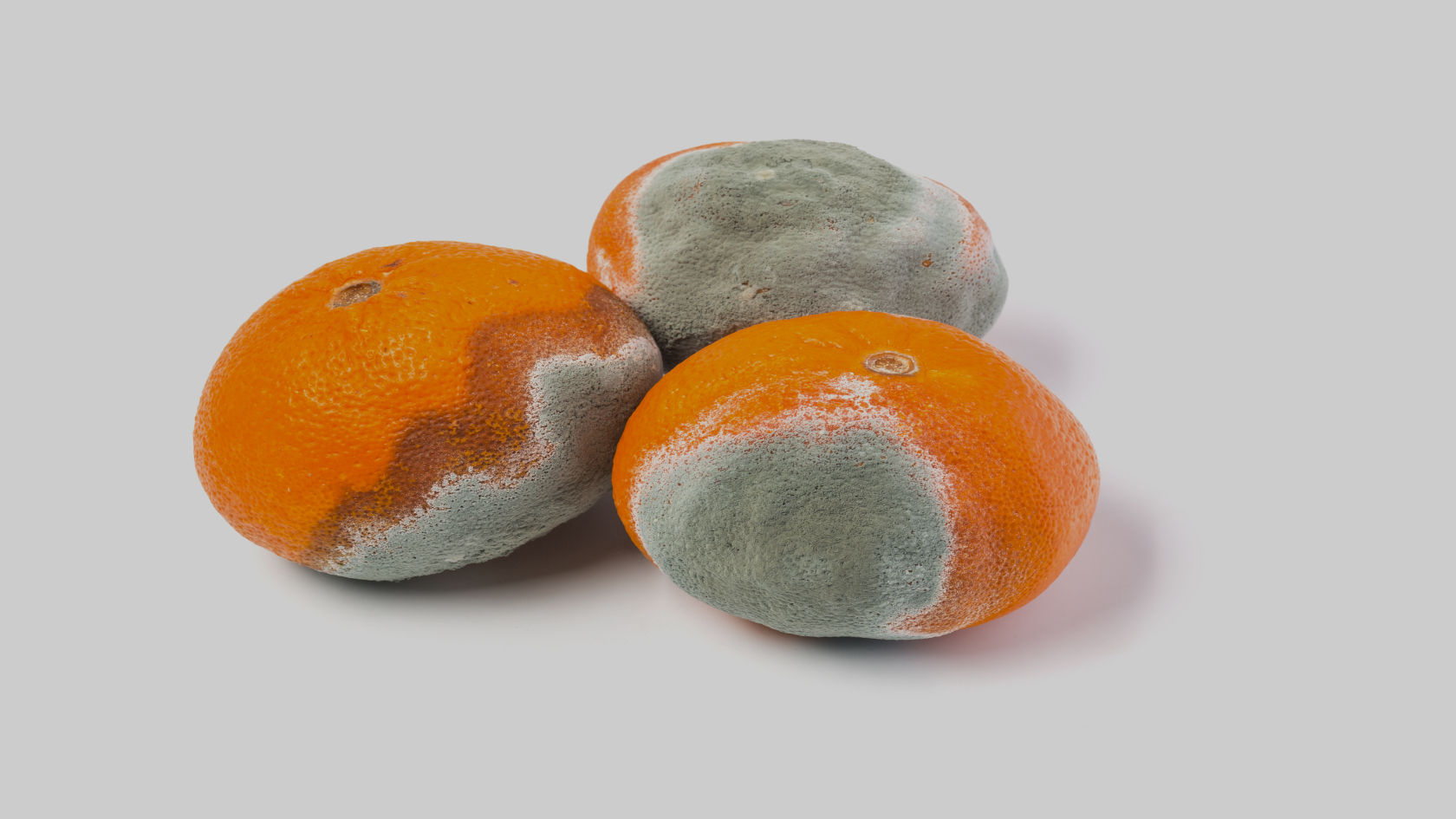The Gray Mold is a disease commonly present in grapes and strawberry crops. It is produced by a fungus that can infect a vast quantity of crop species causing serious problems in plant health and reducing yields. However, is it always unwelcome? Find in this article more about this disease, the fungus Botrytis cinerea and how to get rid of it when unwanted. 1. What is causing the Gray Mold? This disease is commonly known as Gray Mold due to the colour we can observe in the crops when the plants are infected. What is it? These structures are made by the fungus Botrytis cinerea, whose spores, when present together in a high amount, shows a greyish colour. This fungus presents two types of reproduction: sexual reproduction forming structures called apothecia and asexual reproduction spreading spores formed in conidiophores. You may have seen the image of conidiophores in which the fungal spores, called conidia, are arranged in a tree-like manner in the external area of this structure.

Clustered spores of Botrytis cinerea. Photo by Steven Koike, UCCE.
An adequate fertilization program can be the salvation for your crop, since Botrytis spores do not germinate in healthy plants but only in those presenting any damage or insect wounds. In i-Plant Nutrition, you will find personalized advice to provide your plants with the most efficient amount of nutrients. It is helping them grow strong and healthy enough to avoid this kind of disease. Especially if you are growing grapes or strawberries, you need to take good care avoiding this fungus. In warm areas, the wind can spread the conidia all over the field, infecting a massive group of plants even far from the disease origin.Even if presenting clear morphological differences when compared with Botrytis growing at 28 ⁰C, this fungus does not grow only in warm areas but also when the temperature is as cold as 12 ⁰C or even 4 ⁰C. The main factor that will promote its development, apart from the health of your plants, is relative humidity. Also, when the leaves or fruits are wet for long periods for example after abundant rain periods. 2. Can we take advantage of this infection? For the production of certain types of wines, the presence of Botrytis is required. In those cases, the infection needs to be well controlled by the farmer manipulating the fungus development. This process is called Noble rot, even though those terms sound antagonistic. This process starts with high relative humidity that promotes the Botrytis infection in the bunches of grapes. Once the fungus is spread all over the fruits, it must suffer a dramatic drop in relative humidity. During an extended dry period, the fruits' water content evaporates through the perforations that Botrytis caused in their skin. It will increment the sugar content; therefore, the wines made with them present a high quality and very sweet flavour with a bitter finish. According to the experts, they taste like honey, beeswax, ginger and honeysuckle, for example, the Tokaji Hungarian wine. But not only wine but also for producing some types of grape raisins, this technique is used. 3. Get rid of unwanted Botrytis development In most cases, the development of Botrytis cinerea is really unwelcome and we need to put effort to get rid of it. In general, the best way of avoiding diseases and pests is to know well the preferences of the infecting organism. In this case, Botrytis cinerea prefers a wet environment and warm temperatures.
The main cultural control recommendation is to promote the aeration between plants to dry Botrytis spores and structures it may form when trying to infect your crop. It means the plants should be sown keeping a prudent distance while making the best use of the space in the most efficient way possible. It requires a study of the field dimensions before starting the plantation. In addition, biological and chemical control is available in the market.
During the entire production process of your crop, you can count on the support and advice of the best i-Plant Nutrition experts using our software.







